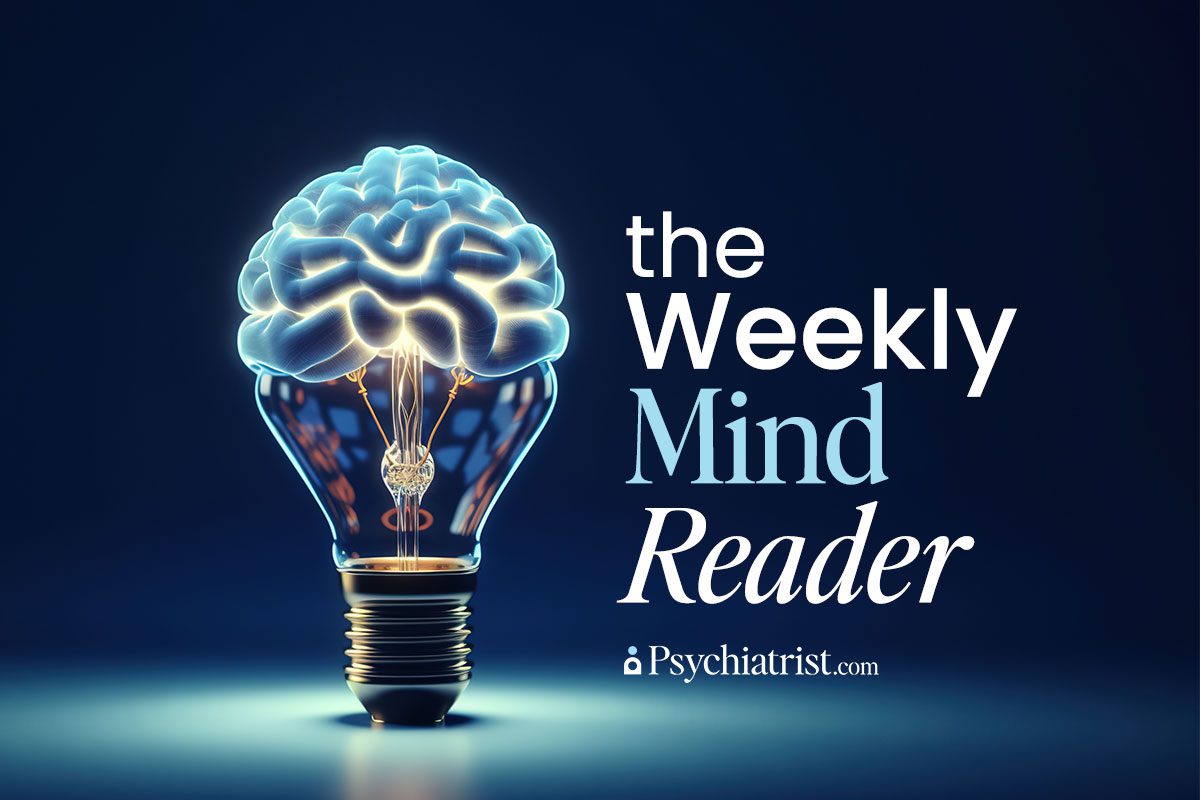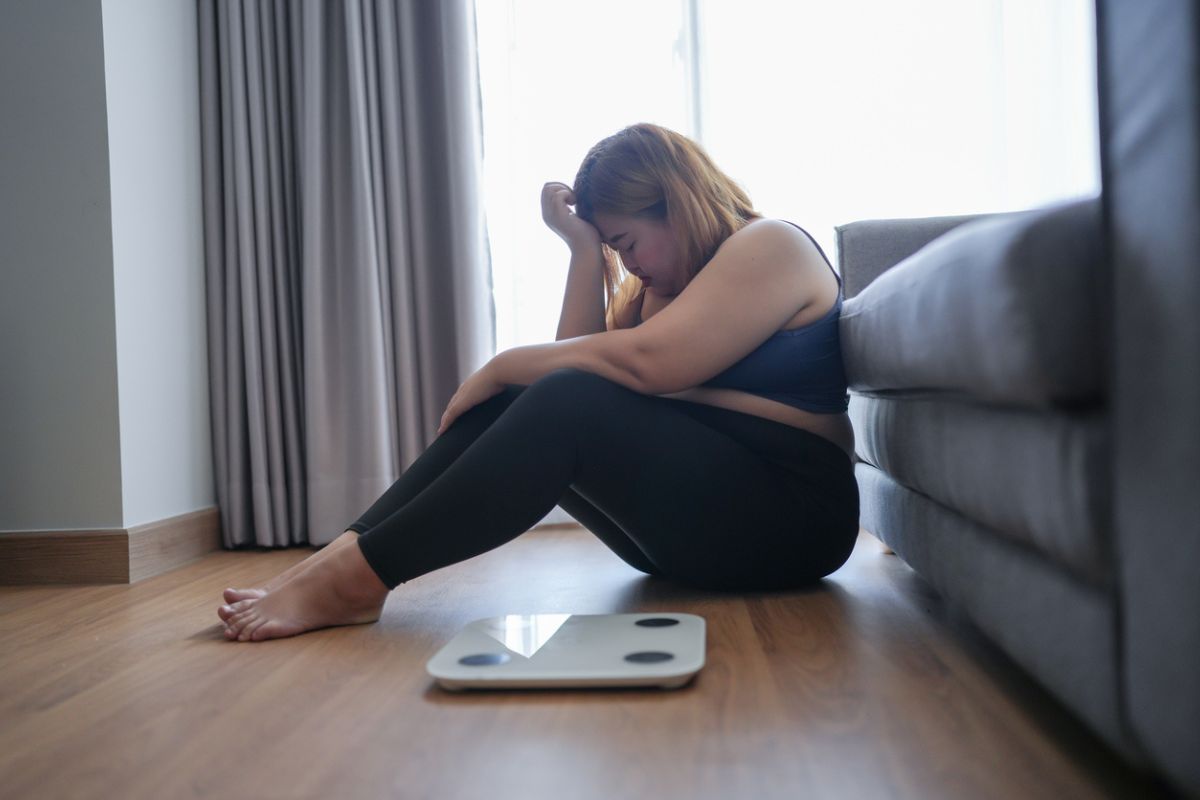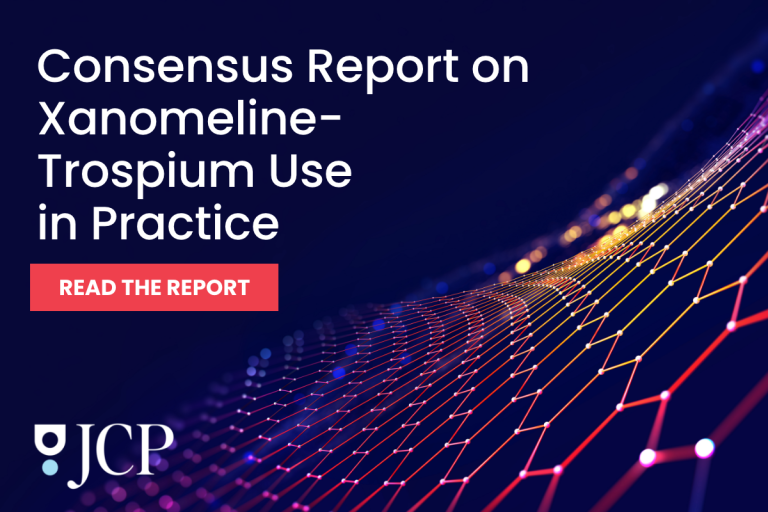A new randomized clinical trial suggests that repeated intravenous ketamine infusions — the next great hope for depression treatment — might not live up to the hype. When used alongside standard inpatient psychiatric care, they offered little advantage over an active placebo.
The KARMA-Dep 2 study, published in JAMA Psychiatry, is one of the most rigorous and comprehensive tests yet of ketamine’s antidepressant potential in patients hospitalized with moderate to severe depression.
Conducted at Trinity College Dublin’s St. Patrick’s University Hospital, the double-blind trial compared eight twice-weekly infusions of ketamine to a similar midazolam schedule — a sedative that mimics ketamine’s psychoactive effects.
No Superiority Over Placebo
Among 65 participants, both groups enjoyed measurable mood improvements. Even so, ketamine failed to display a statistical edge. Adjusted analyses found a mean difference of −3.16 points on the Montgomery-Åsberg Depression Rating Scale (MADRS), which fell far short of clinical significance. Self-reported scores told the same story, with virtually identical results on the Quick Inventory of Depressive Symptoms–Self Report (QIDS-SR-16).
Remission rates reached nearly 44% in the ketamine group and 30% in the midazolam group. Relapse rates remained similar during the six-month follow-up. Cognition, cost-effectiveness, and quality of life indicators all remained relatively static.
“Our initial hypothesis was that repeated ketamine infusions for people hospitalized with depression would improve mood outcomes,” said senior author Declan McLoughlin, PhD, of Trinity College Dublin. “However, we found this not to be the case. Under rigorous clinical trial conditions, adjunctive ketamine provided no additional benefit to routine inpatient care during the initial treatment phase or the six-month follow-up period. Previous estimates of ketamine’s antidepressant efficacy may have been overstated.”
A Trial Built for Real-World Conditions
Unlike earlier saline-controlled studies, the KARMA-Dep 2 design reflected clinical practice. Participants remained on their usual medications and therapies while receiving up to eight infusions under medical supervision. The researchers designed the study’s to capture how ketamine performs when layered onto standard psychiatric care.
That real-world setting included some trade-offs. Both patients and raters often correctly guessed treatment assignments, undermining the blind that’s so critical to curbing bias. In fact, 90% of raters correctly identified patients receiving ketamine after the first infusion. As a result, expectation effects might have inflated any differences.
Ketamine Safety and Side Effects
Both groups experienced common – but manageable – adverse events. Fatigue, sleep disturbances, and mild liver enzyme elevations topped the list. Dissociative effects and mild mood elevation seemed to be more pronounced with ketamine. While sedation emerged as a more prominent side effect with midazolam. Serious adverse events occurred in roughly equal numbers — seven in the ketamine arm and six in the placebo arm — but none were fatal.
Cognitive function remained stable across treatment and follow-up. But maybe most importantly, no evidence emerged of cumulative urinary symptoms, a concern raised in chronic ketamine use.
A Reality Check
The findings arrive amid surging off-label use of intravenous ketamine in clinics worldwide, despite limited long-term safety data and minimal regulatory oversight. A 2022 billing analysis found that more than one-quarter of patients receiving ketamine carried a depression diagnosis, hinting at a rapid migration from research to routine care.
Meta-analyses have consistently shown larger effect sizes when ketamine is compared to inert saline rather than to psychoactive placebos like midazolam. It’s a pattern that might suggest that subjective drug experiences might exaggerate perceived benefits.
Broader Context
The KARMA-Dep 2 trial builds on a string of smaller studies, including a 2020 Veterans Affairs study that found modest short-term benefits for ketamine before crossover. On the other hand, other large-scale comparisons with electroconvulsive therapy (ECT) show the drug performing worse overall, though with a better side-effect profile.
A 2025 meta-analysis pooling high-quality trials found ketamine a lot less effective than ECT for treatment-resistant depression.
For hospitalized patients with major depression, serial ketamine infusions might not deliver the transformative benefit earlier reports suggested. While the treatment appears generally safe and well tolerated, its antidepressant advantage over psychoactive placebo remains a largely unknown quantity.
Further Reading
Ketamine vs Electroconvulsive Therapy in the Management of Treatment-Resistant Depression



